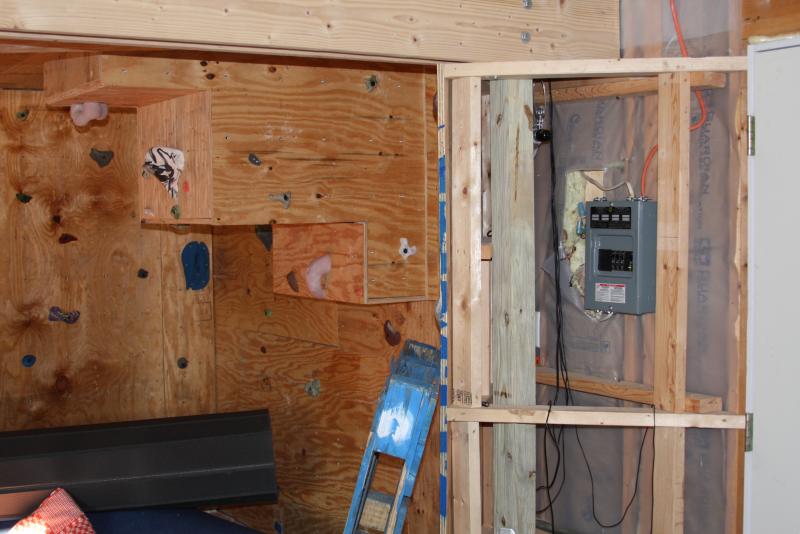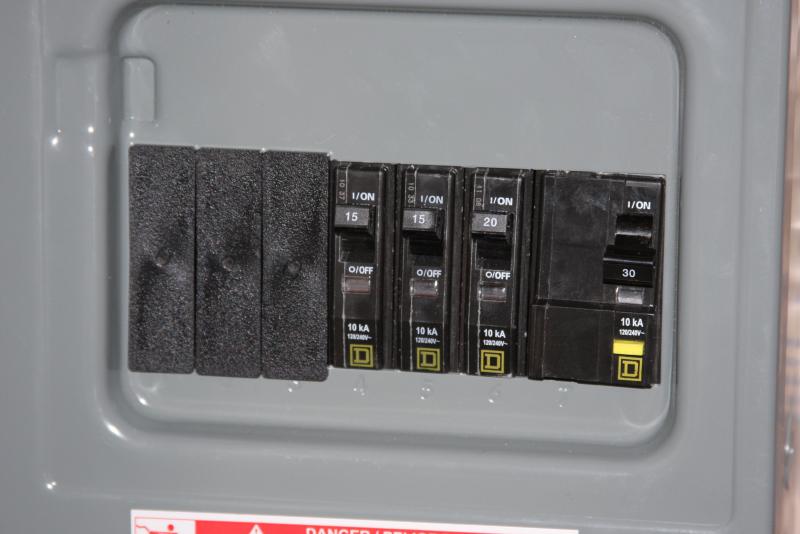pop quiz: do you know what would have happened if you had connected the brewery receptacle's neutral to the neutral bus in your panel?
hint: nothing dangerous would have happened.

hint: nothing dangerous would have happened.

You guys scare the **** out of me.!
Some one without a "clue" is wiring a rig and we are discussing wiring protocol??
Holy **** !
You guys scare the **** out of me.!
Some one without a "clue" is wiring a rig and we are discussing wiring protocol??
Holy **** !
looks good to me
No.!! Not at all. You are always spot on.Did I give bad advice? If so, please correct it so that it doesn't happen again.
No.!! Not at all. You are always spot on.









![Craft A Brew - Safale S-04 Dry Yeast - Fermentis - English Ale Dry Yeast - For English and American Ales and Hard Apple Ciders - Ingredients for Home Brewing - Beer Making Supplies - [1 Pack]](https://m.media-amazon.com/images/I/41fVGNh6JfL._SL500_.jpg)

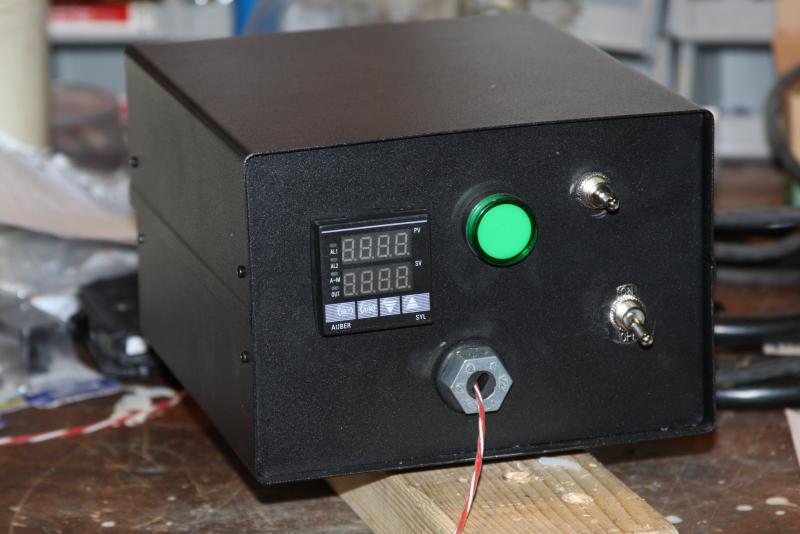
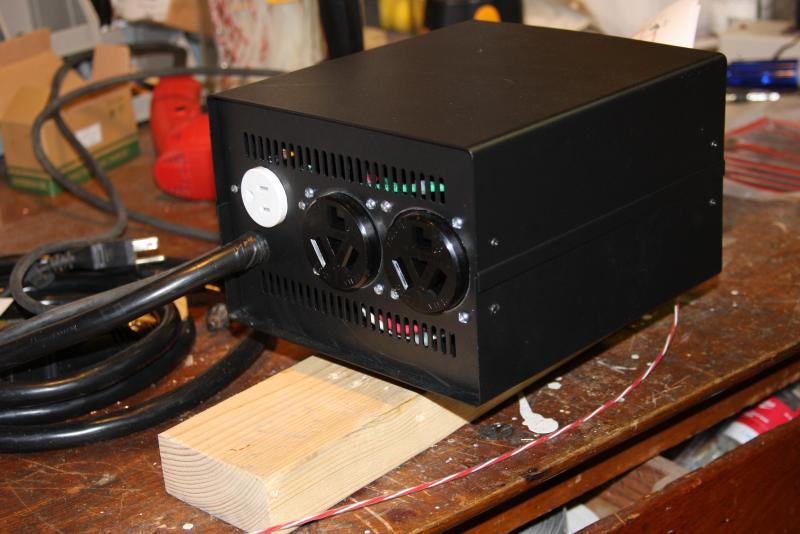
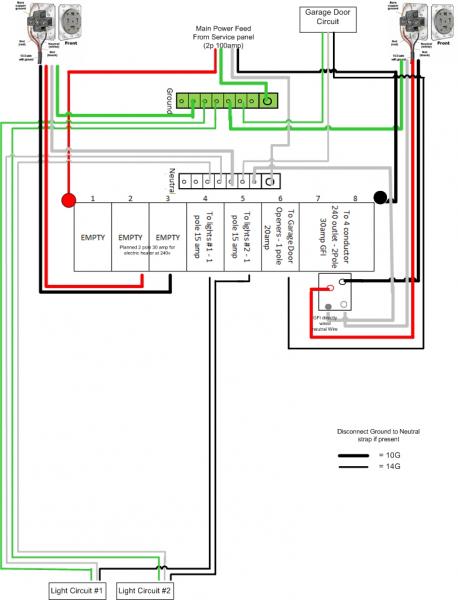
My heat sink (40 amp) running a 5500w element gets too hot to hold my finger on it. It is the standard heatsink that comes with the chinese SSR's. When its not WFO, it is only warm.
My heat sink (40 amp) running a 5500w element gets too hot to hold my finger on it. It is the standard heatsink that comes with the chinese SSR's. When its not WFO, it is only warm.

you will need to use thermal grease for sure.
WFO = Wide F*cking Open
Looks like you have an "innie" and an "outty" fan. Cool idea. Looks like I might be throwing in another terminal block section or two to add a fan, or flip the SSR on its side and cut a hole in the project box.
Nope. I don't have a pic on my phone. What I did was install a standard wall receptacle INSIDE the box. And plugged an old cordless phone wall wart into it, and then attached the wires to the fans.
The hot connection for that internal receptacle is connected to the same switch that enables my element contactor. So, when I flip the switch to enable the contactor, the fans come on, too.
It's just weird looking to see something plugged in on the inside of my panel like that.
Well at this point, mine is gonna get a little ugly as well. Notsure there is space for a fan "inside" the box. But necessity is the mother of invention. I am not out for a new project box just yet.
You need a power supply for the fan(s), too.I don't think you can find one that runs on 120V AC.
I still don't know a "great" way to mount this sucker to my box. Will have to buy one and look at the sizing. I knew this was going to be an issue,...
I may go ghetto fabulous and sink on the outside of the box. Then take a small fan (like one you use for a breeze in the summer) and point it at the sink. That would be a temporary thing, but would let me use it without frying my SSR prematurely.

In this pic....
Is there room to put a 1.5" thick fan between the SSR and that far wall of the box?
Maybe rotate the SSR 90* and slide it closer to the PID? That might give space to put the fan there and get good airflow over the fins.
The vent slots at the back of the box should be sufficient for exhaust.
But you would see the mounting screws of the SSR in the side wall.
You're making a very good point, but to the wrong guy. My system is ugly and I don't give a rat's ass, because it works.
